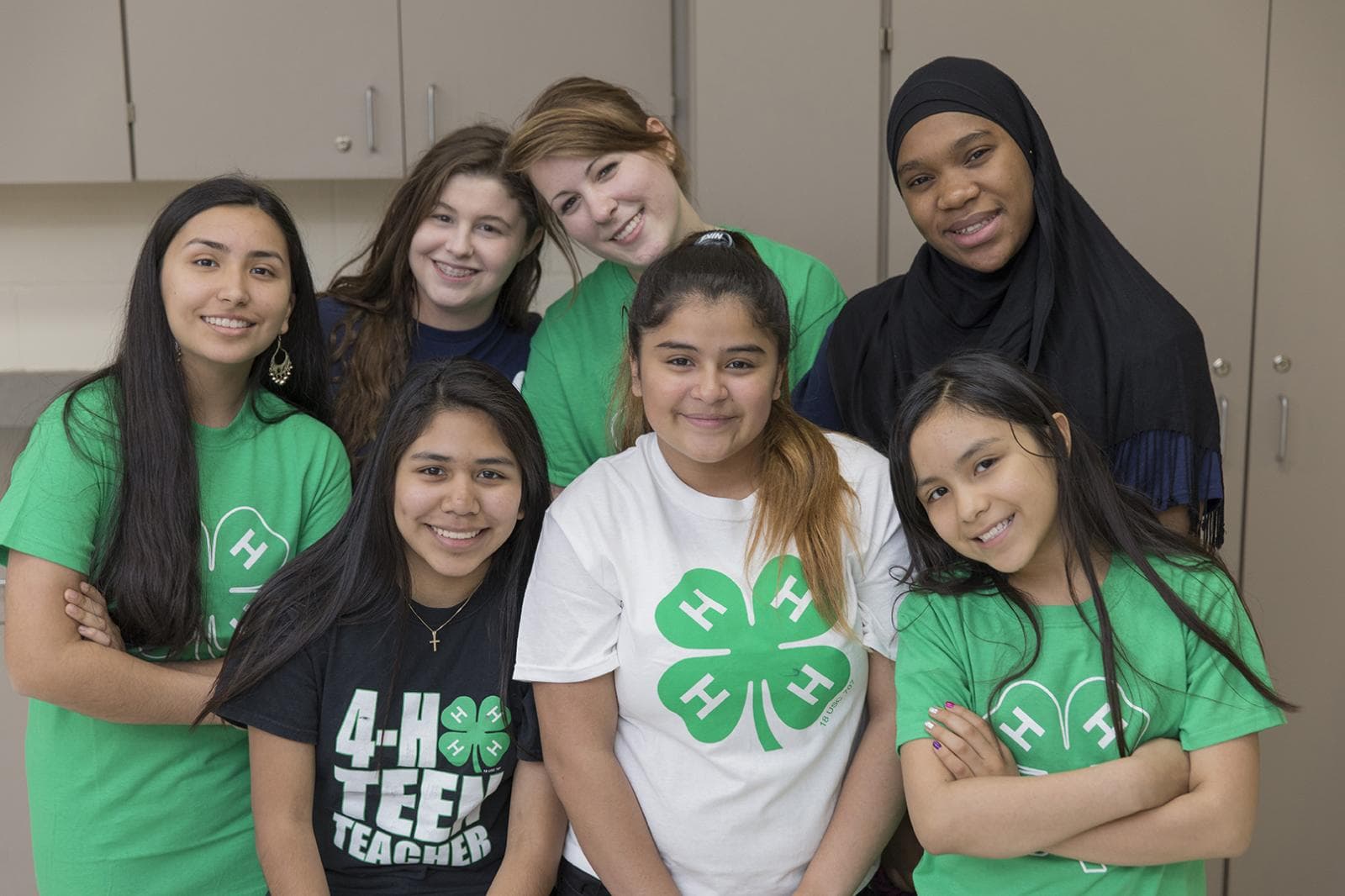Annual Impact Reports
The Nebraska Extension 4-H Youth Development program works towards the outcomes of the Nebraska 4-H strategic plan. Each year, to measure the success of Nebraska 4-H in reaching these outcomes, more than 1,000 youth from across the state contribute their responses to a mixed methods study. The results and participant comments shared in these reports illustrate the impact Nebraska 4-H is making in the lives of young people.
Current Nebraska 4-H Impact at a Glance
Nebraska 4-H Today
The Nebraska Extension 4-H Youth Development program is open to ALL youth across the state. The Nebraska 4-H Today is a snapshot of the 2023-2024 4-H program showcasing the various methods the 4-H program reaches Nebraska youth. In addition, this resource also showcases the top participation areas, place of residence and other demographic details of the youth reached by the 4-H program statewide.
Nebraska 4-H Reach and Engagement Maps
All Things Nebraska provides interactive maps that are designed to allow users to explore and learn more about the reach of the Nebraska 4-H program based on a variety of demographic variables, such as gender, race, ethnicity, and residence type. Users can discover enrollment trends within delivery modes and across different course subjects. The maps generate insightful analyses that can contribute to grant proposals, marketing materials, etc.
Percent of Youth Reached by 4-H by County
4-H Youth Engagement by County
4-H Volunteers by County
Volunteer Impact Study
The North Central Regional Volunteer Specialists conducted a 4-H Volunteer Impact Study in early 2024. Two-hundred twenty-eight volunteers from Nebraska responded to the survey. The results include the individual and organization benefits and public value of volunteers.
4-H Study of Positive Youth Development
Institute for Applied Research in Youth Development, Tufts University The 4-H Study of Positive Youth Development is a longitudinal study funded by the National 4-H Council. The study is led by Richard M. Lerner and Jacqueline V. Lerner at Tufts University. Researchers are using a longitudinal study so they can look at changes within the same group of children over time. Approximately 6,000 diverse adolescents are participating in the study. The adolescents have varying levels of involvement in community-based programs, including 4-H. Because it is a sequential longitudinal study, more youth are added each year in "waves."
The purpose of the research is to identify characteristics that are related to positive youth development. Some examples of these characteristics include having close friends and/or supportive in a young person's life, receiving good grades in school, and youth having, overall, good feelings about themselves. Researchers want to understand how positive influences in the lives of youth help protect them from getting involved in "problem behaviors," such as substance abuse, unsafe sex, school failure, delinquency and violence. The study should help identify ways that schools and programs like 4-H can promote positive youth development.
